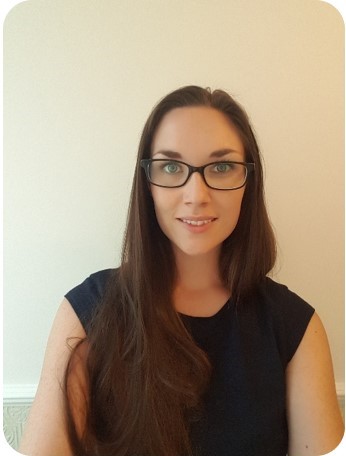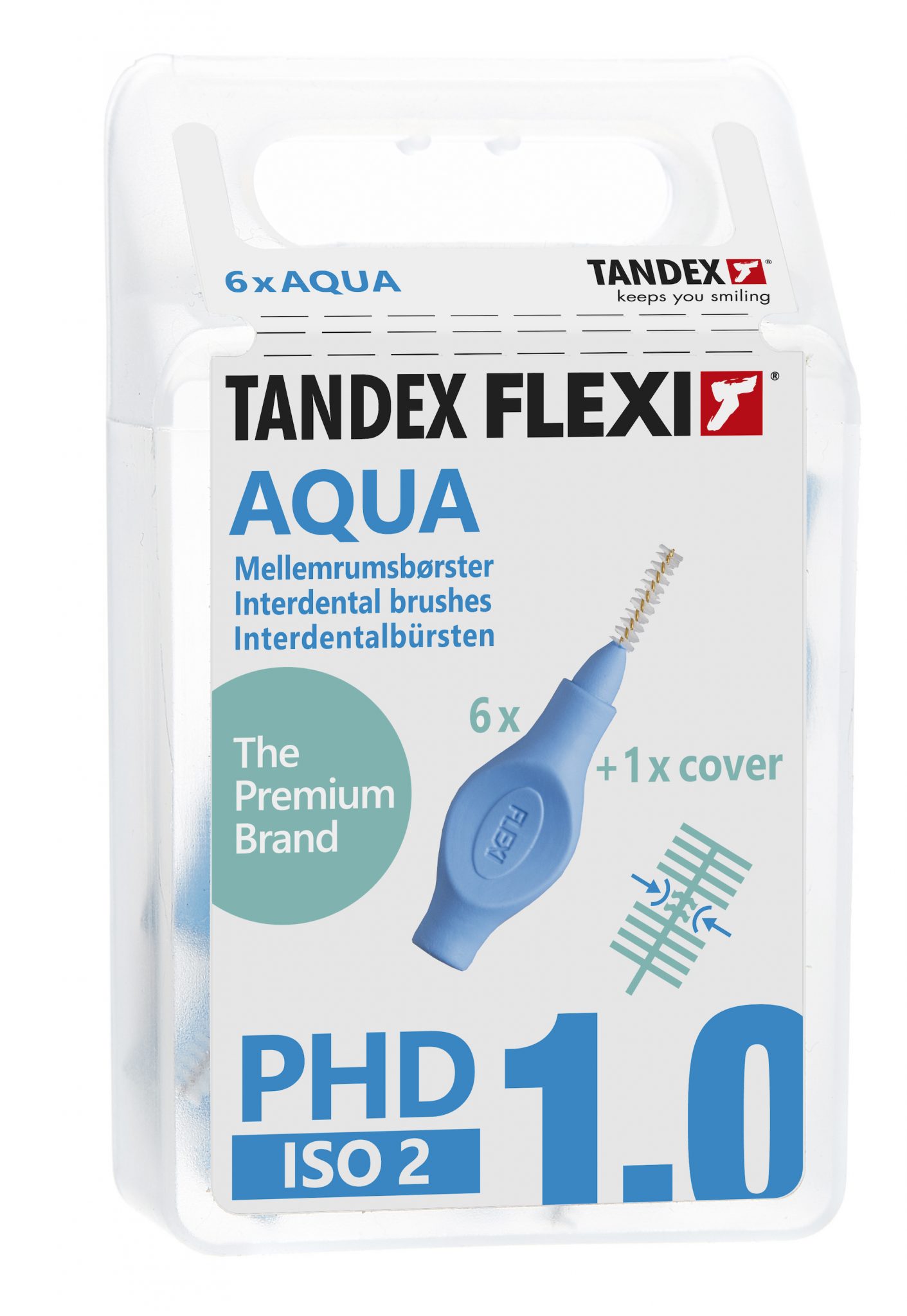With patients becoming consumers, we have a real opportunity for positive change
Featured Products Promotional FeaturesPosted by: Dental Design 17th April 2021

Kimberley Lloyd-Rees graduated from the University of Sheffield in 2010, where she now works as a clinical tutor in dental hygiene and therapy, as well as being a practising dental hygienist and therapist. She has worked across a variety of specialist private and mixed practices, as well as for the MOD, and she volunteers her time to a dental charity in Nepal.
Kimberley is also a clinical advisor for TANDEX. Here, she discusses how patients are becoming consumers, the positives and negatives of this, and why she feels optimistic for the future.
For a few years, the change from patient to consumer is something we have been noticing in practice. This has been exacerbated by the lockdowns and patients not been able to visit their regular dentist. Via the internet and social media, patients now have more access to information than ever before, which may mean an end to former loyalties with a certain clinician or practice.
Long gone are the days when a patient would only attend because they had a problem, now they are motivated to do so because they have read about a certain treatment and want to spend money on it – they have become a consumer. Patients are finding out about new techniques and different treatment options that could be available to them. People are doing their own research and turning up with plenty of questions, for example whilst treatment planning a course of RSI my patient asked why I wouldn’t be using lasers,she had researched periodontal treatments after our initial appointment and felt that this would be the best treatment option for her.
People being more hands-on with their healthcare is certainly a positive thing and this curiosity, this shopping around just like a consumer does, means that we, as professionals, are having to raise our game. The increase in elective dentistry that we have seen year-on-year also shows how more people are becoming engaged with dentistry and want to access our services.
 If the internet and social media are empowering patients to become consumers, there are also negatives to this, of course. Unrealistic expectations, especially if an individual has neglected their oral health for years, must be managed. This means a balance must be found between what they want and what we, using our knowledge and experience, believe they need or could achieve. The key to finding this balance is a collaboration between professional and patient and building honest, open relationships based on trust. It’s about listening carefully and helping them to appreciate the part they will need to play in their treatment’s maintenance. Effective daily hygiene practises and behaviours are essential, which they can learn to do with our support, and this is why good relationships will always lead to better clinical outcomes. Correct brushing and interdental cleaning techniques using quality tools – TANDEX has updated its packaging to help people find the right-size brush and interdental brush for them – is the foundation of oral health and this is where a professional’s input is crucial.
If the internet and social media are empowering patients to become consumers, there are also negatives to this, of course. Unrealistic expectations, especially if an individual has neglected their oral health for years, must be managed. This means a balance must be found between what they want and what we, using our knowledge and experience, believe they need or could achieve. The key to finding this balance is a collaboration between professional and patient and building honest, open relationships based on trust. It’s about listening carefully and helping them to appreciate the part they will need to play in their treatment’s maintenance. Effective daily hygiene practises and behaviours are essential, which they can learn to do with our support, and this is why good relationships will always lead to better clinical outcomes. Correct brushing and interdental cleaning techniques using quality tools – TANDEX has updated its packaging to help people find the right-size brush and interdental brush for them – is the foundation of oral health and this is where a professional’s input is crucial.
We know that people are being tempted by direct-to-consumer orthodontics, or to go abroad for their treatment, but when we have positive relationships with them, we can help them to see that a cheaper option may not give them the long-term results they crave. As part of your consultations, patient-consumers should know that we will work alongside them, to protect their ‘investment’ and keep their treatment stable, and looking beautiful, for years to come.
Practices should harness the power of the internet and social media to engage with patients, current and new. A lot of the information that people are becoming inspired and influenced by won’t come from a professional source, so fill your website and social media platforms with quality content, to catch the attention of an individual who is in research mode.
For any dental professional who feels uncomfortable about being a salesperson, this is where a treatment co-ordinator can be a fantastic addition to a practice. A treatment co-ordinator is dedicated to building engagement and relationships, giving people the opportunity to have a full and frank discussion about their options. A treatment co-ordinator can help bridge a gap between patient and clinician, ensuring that all solutions have been explored, expectations are managed, and goals align for the best possible outcome.
This is why I am optimistic for the future; patients becoming consumers ultimately means they are taking an active interest in their health. With more patients becoming consumers, practices will have to prioritise relationships and engagement as part of a high-quality, responsive service, leading to a better ‘journey’ and improved standards of oral health.
For more information on Tandex’s range of products,
visit https://tandex.dk/ or visit the Facebook page
Author Kimberley Lloyd- Rees on behalf of Tandex
Kimberley graduated from the University of Sheffield in 2010, where she now works as a clinical tutor in Dental Hygiene and Therapy as well as working in practice. She has spent her career working across a variety of specialist private and mixed dental practices, for the MOD and volunteering her time to a dental charity in Nepal.
No Comments
No comments yet.
Sorry, the comment form is closed at this time.



